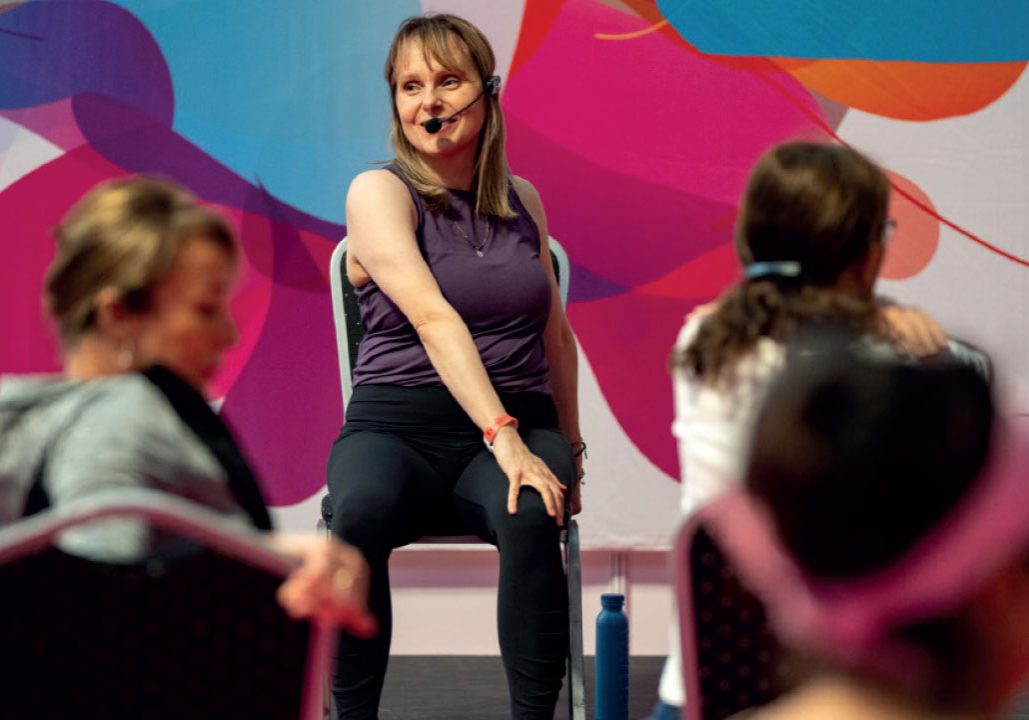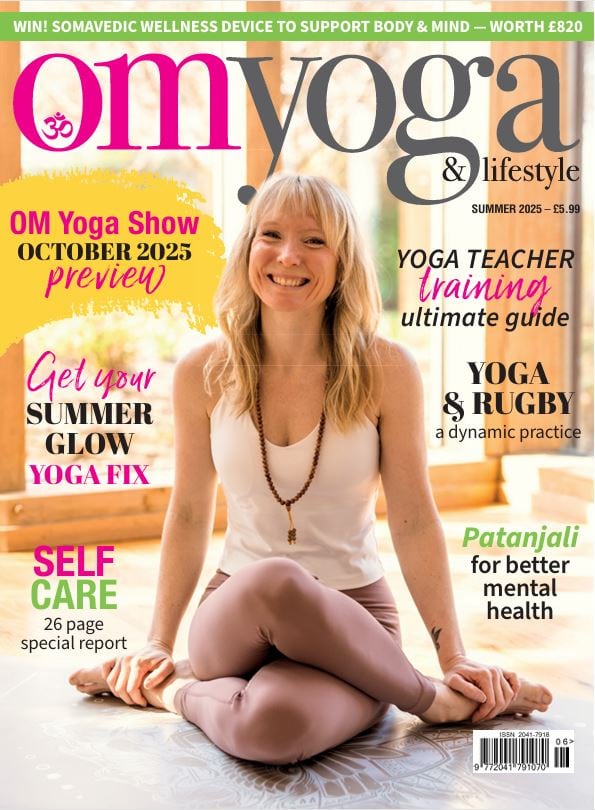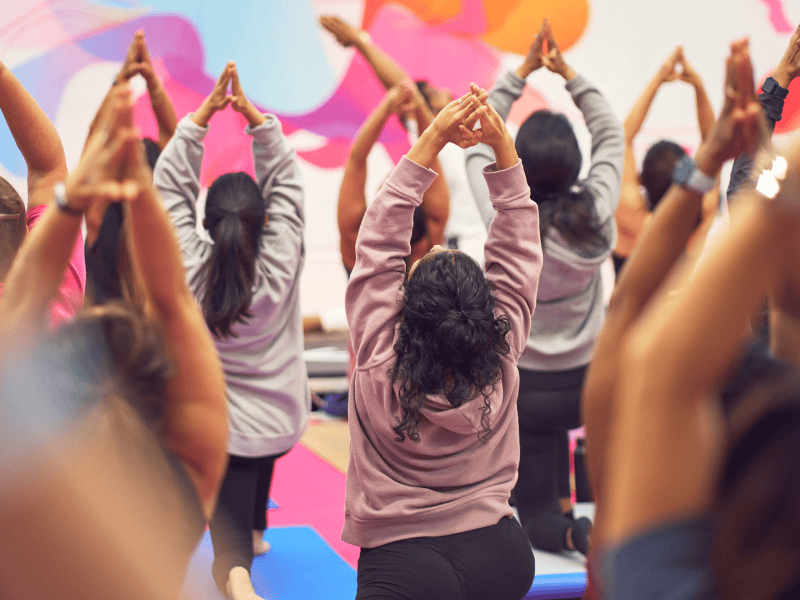Before stepping into the world of teaching chair-based yoga, consider these four foundational principles to make your classes accessible, inclusive and effective.
1. Get to know your students Observe them as they arrive, engage with them to understand their physical and emotional states as well as their aims and goals. During the practice, maintain attentive observation and offer adaptation to foster a safe and inclusive environment.
2. Remain flexible Chair-based yoga classes attract students that are older, injured or less able, so classes need to be planned with their abilities and needs in mind. This means remaining flexible in your approach and adapting poses and practices as you go to accommodate students’ ever-changing needs. Teacher Training Special Report
3. Adapt all poses Adaptation sits at the heart of chair-based yoga classes. I typically offer three different levels of adaptation: for students able to stand and move freely; those unable to stand for prolonged periods of time; and those unable to stand or move their legs. These options ensure everyone can practice in some form or other.
4. Effect trumps looks The true value of a pose lies in its effect rather than its look. Whether it is to strengthen, lengthen, energise or relax, keeping the desired outcome in mind allows to further adapt the practice using alternative, more accessible poses or other yogic tools. By mastering these principles, you'll be well-equipped to offer chair-based yoga classes that are accessible, inclusive and effective
To find out more about teaching chair-based yoga head to: yuvayoga.co.uk






